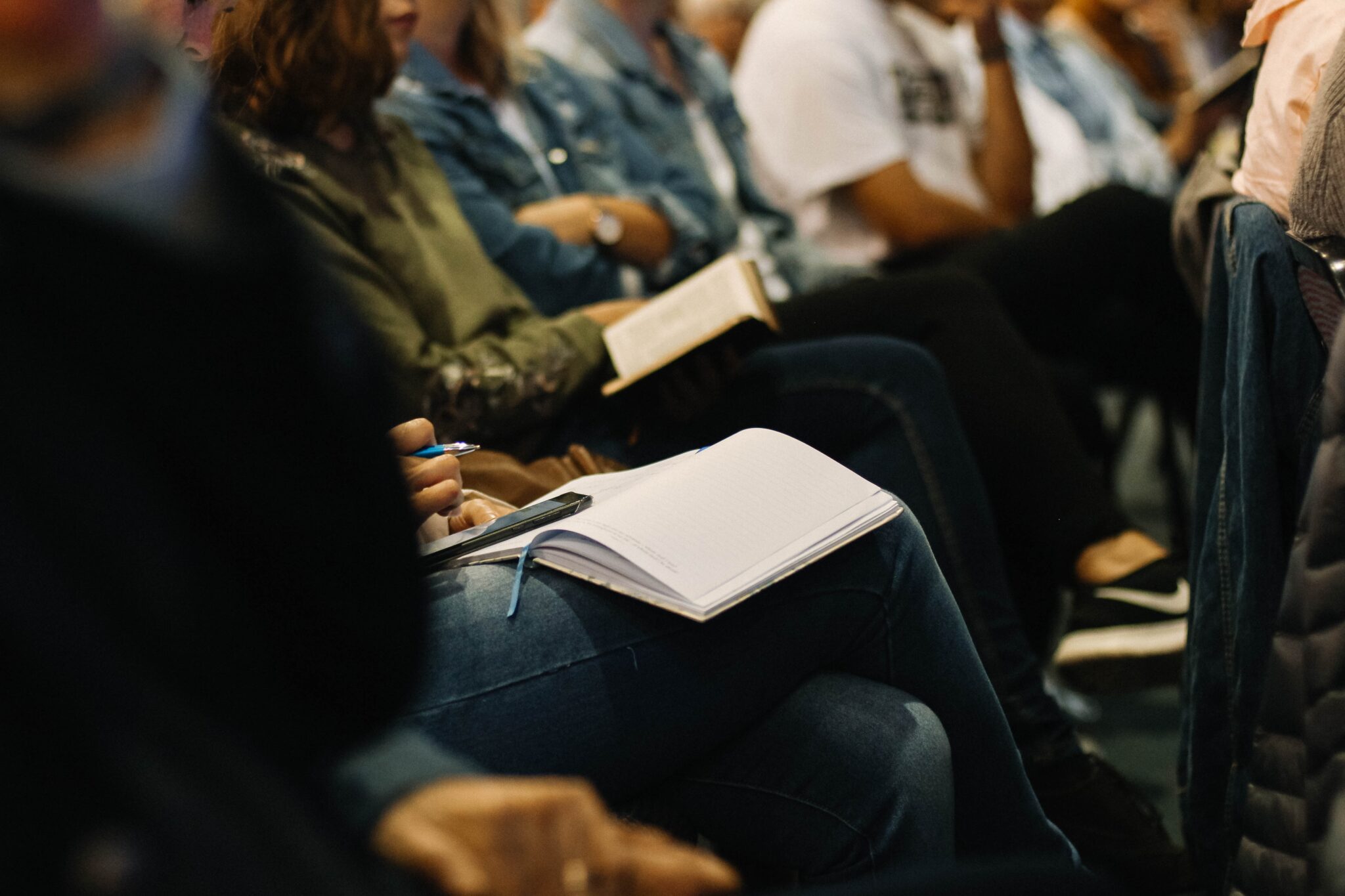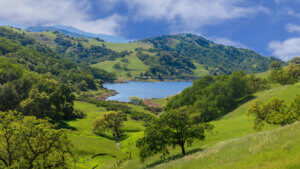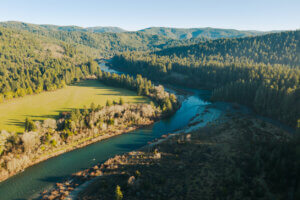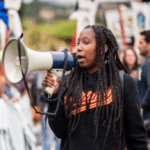Aniya Butler is a student who works with Youth Vs. Apocalypse. This climate activism group brings together young people in the Bay Area to uplift the voices of people of color and to stand up for environmental justice. As a volunteer, Aniya helps to mobilize her peers and organize climate strikes—the most recent having drawn tens of thousands of people in support. We spoke with Aniya about intersectionality in the environmental movement, the importance of educating youth about climate change, and more.
Click here to learn more about Isha Clarke, another teen organizer and founding member of Youth Vs. Apocalypse, from our partners at Bioneers.
Note: This Q&A has been excerpted and abridged from the video interview below.
How did you start your work leading environmental action in your community?
About 10 months ago, I was introduced to a group Youth Vs. Apocalypse. We are a group of young activists who are elevating the voices of people of color and youth, while fighting against climate change and other social injustices. On September 20th, we led a climate strike in San Francisco with 20,000 to 40,000 people. That was a really cool experience. A week later we led another action—there were about 400 people there—targeting Chevron because they’re polluting communities of color in Richmond.
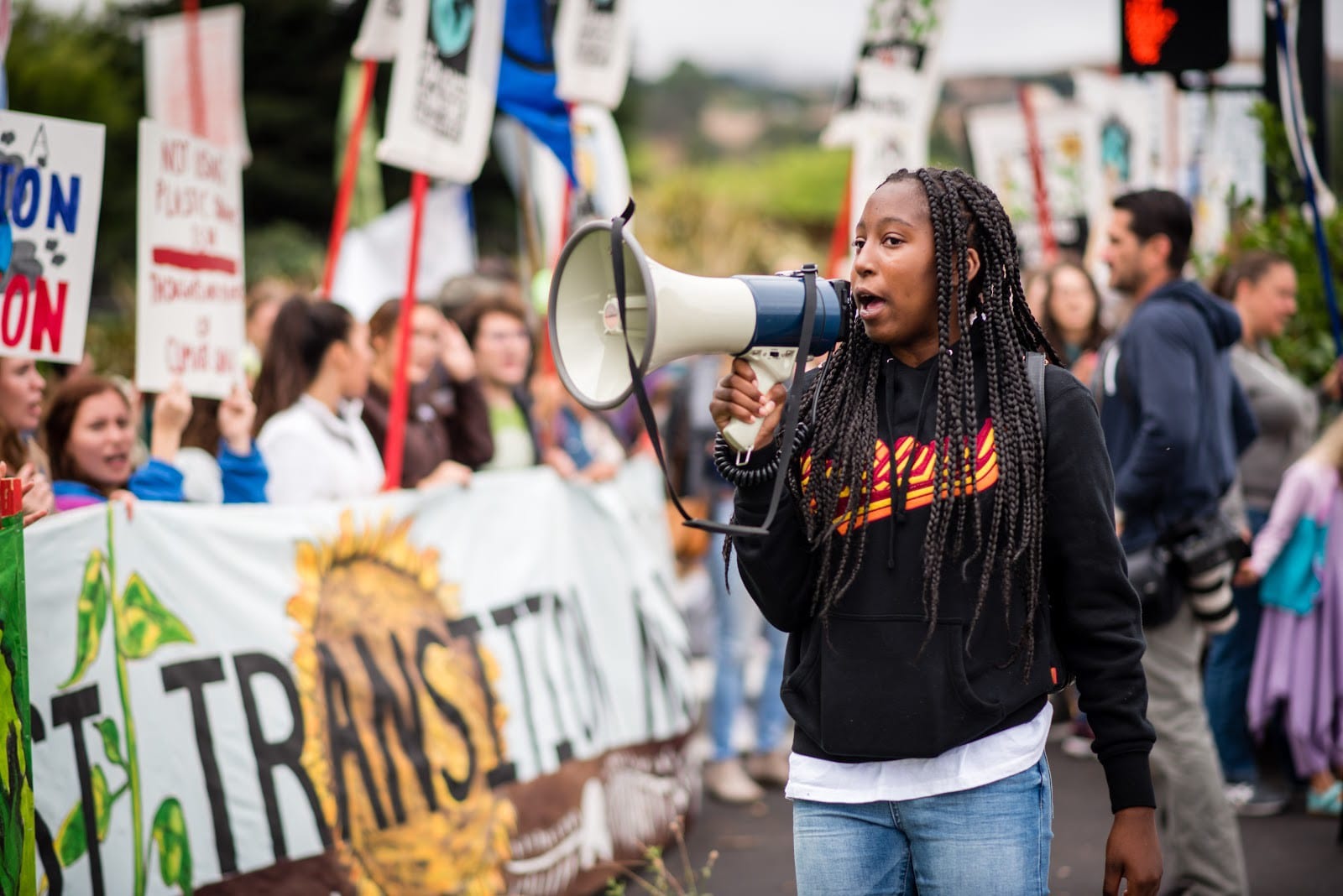
I’ve learned a lot more about climate change since I joined Youth Vs. Apocalypse, and a special thing about YVA is that it recognizes the intersectionality of climate change and other social injustices like racial inequality, economic troubles, and housing injustice. I now recognize the depth of how they intersect with each other.
Why is this issue important to you?
This issue is very important to me because as a Black person and a young person, I recognize that it’s our future, and we are the ones that are being affected. If we want change, we’re going to have to fight for it. It’s important to me to go out there and protest and speak up, because it might encourage others to go speak up about it too.
We can’t only do this with one person or one group; we have to have a whole army of people. YVA gives a platform to people of color to speak, because sometimes that platform is not given to us because of our age or because of our race.
What role do you think education plays in shaping young people to become leaders on climate and social issues?
Education plays a huge role. We don’t learn much about climate change or African American history or Hispanic history. If we don’t know these things, we’re not going to know the problem, and then we can’t fix it.
Education is a great tool to give us information so we know what to do and take it from there. Even learning the basics about climate change and how it relates to other social issues is huge when it comes to shaping leaders for protests and activism.
What advice would you give adults based on your environmental leadership experiences?
I would just say to give youth and people of color a platform to speak about climate change, and to make sure you’re not doubting us because of our age or because of the color of our skin. A lot of times I hear: “Oh, you’re young. You’re very young to know all this, how do you know all this?” But it’s science; it’s just plain facts. Whether it’s coming from a four-year-old, a 12-year-old, or a 60-year-old person, the information is still going to be the same.
You have to recognize that the youth are going to fight for our future. You have to be there to support us, to be allies, and to make sure our voices are not being stepped on.
What’s one of the biggest lessons you’ve learned through your environmental work?
I guess the biggest lesson I’ve learned is just to give people space to speak and also have patience with adults. Sometimes you get those interviewers who are trying to doubt you or make it seem like we’re only supporting climate change right now because it’s a trend.
But Indigenous communities have been fighting climate change for decades now, and their voices haven’t been heard because of the color of their skin. When we walk into this generation, most of the big climate groups are white-led, so that’s why YVA tries to uplift the people who are being affected the most: people of color.
What are your thoughts on how to create an equitable and inclusive environmental movement?
When we go to YVA, we don’t want to sound like we don’t want white people to speak, but their voices are always being heard. That’s why we want people of color primarily to speak, because they don’t already have those public speaking resources given to them. YVA is trying to teach people, help people, encourage people to speak up for themselves. So just giving them the platform and space, backing up for a second, and listening to them is going to be really helpful when it comes to an inclusive movement.
YVA recognizes intersectionality of social injustices and climate injustice. I live in Oakland, which has a lot of poverty and people being kicked out of their homes because the rent is insanely high. We recognize that people that are homeless are more likely to have lung diseases like cancer and asthma because they’re outside in the polluted air. Recognizing that these things are impacting Black and brown communities, physically and mentally, is really important.
Are there any other messages you’d like to leave us with?
I want to mention that poetry is what led me to be an activist. I’ve been a poet since I was eight years old. I’ve been an activist since I was 11. Poetry gave me a way to speak about these issues because I don’t like making speeches. I like to have fun, and poetry is a way for me to do that. I’ve also been leading creative writing workshops for about three weeks now, which has been really cool.
Read more about how California youth are leading the movement for environmental action here.

